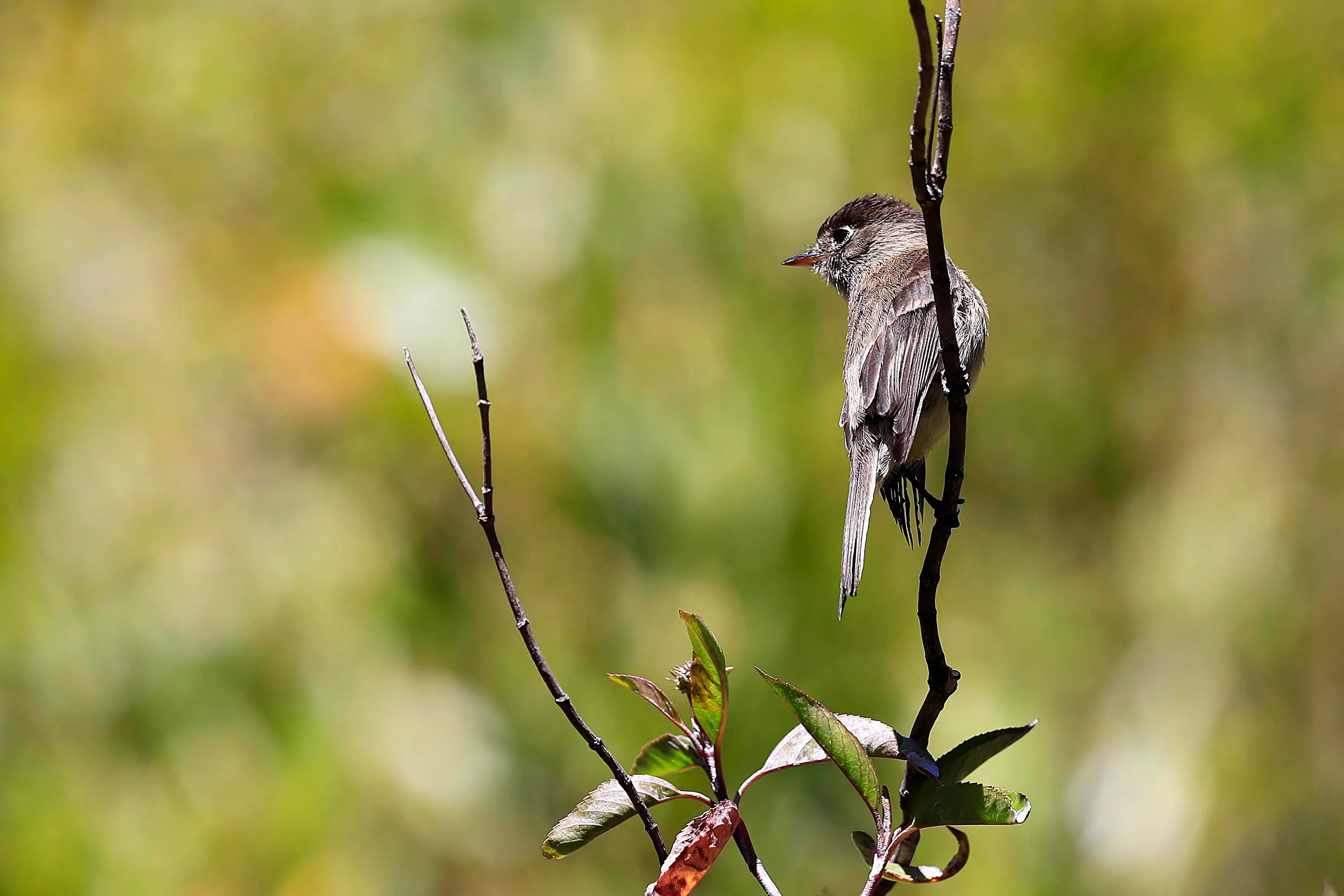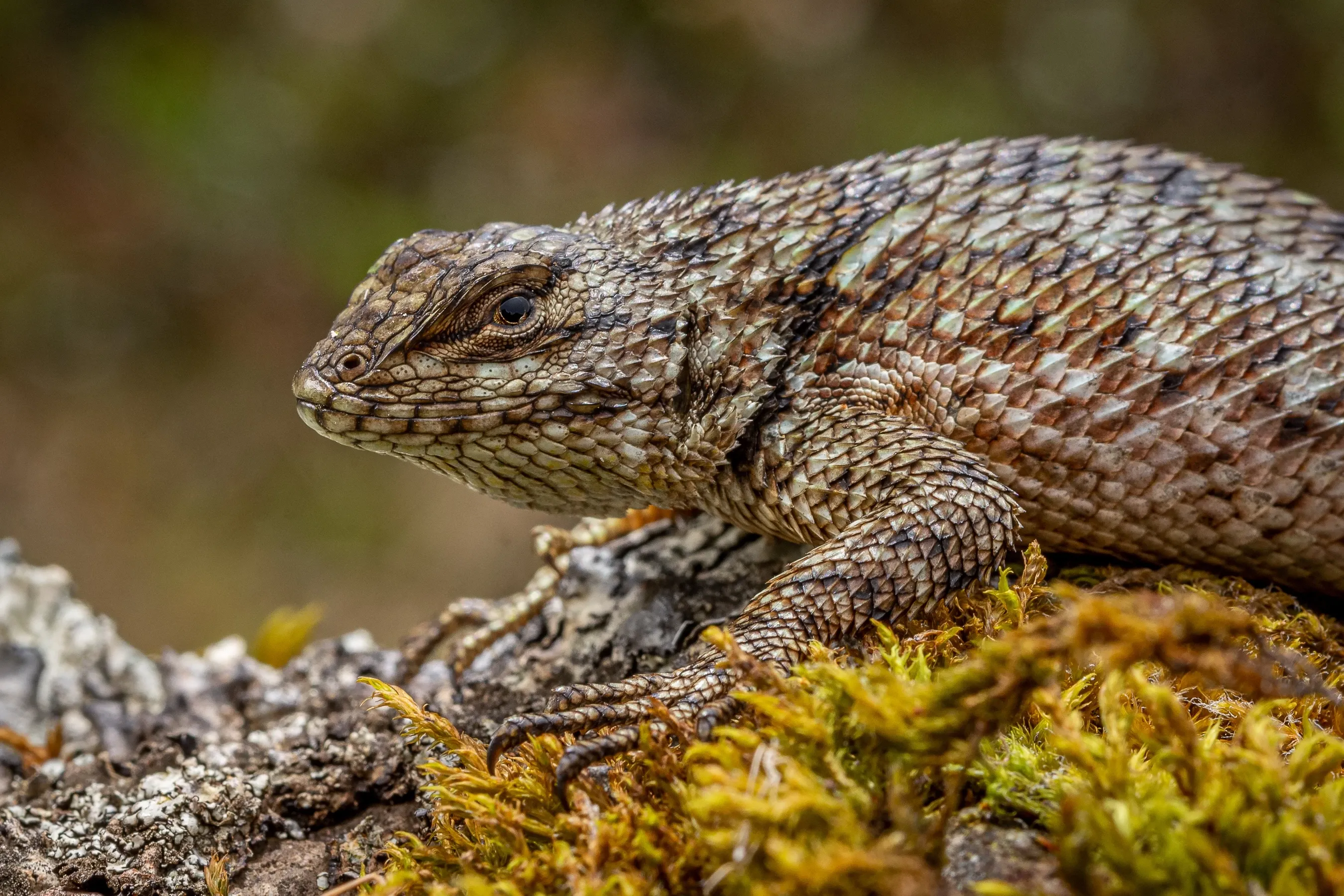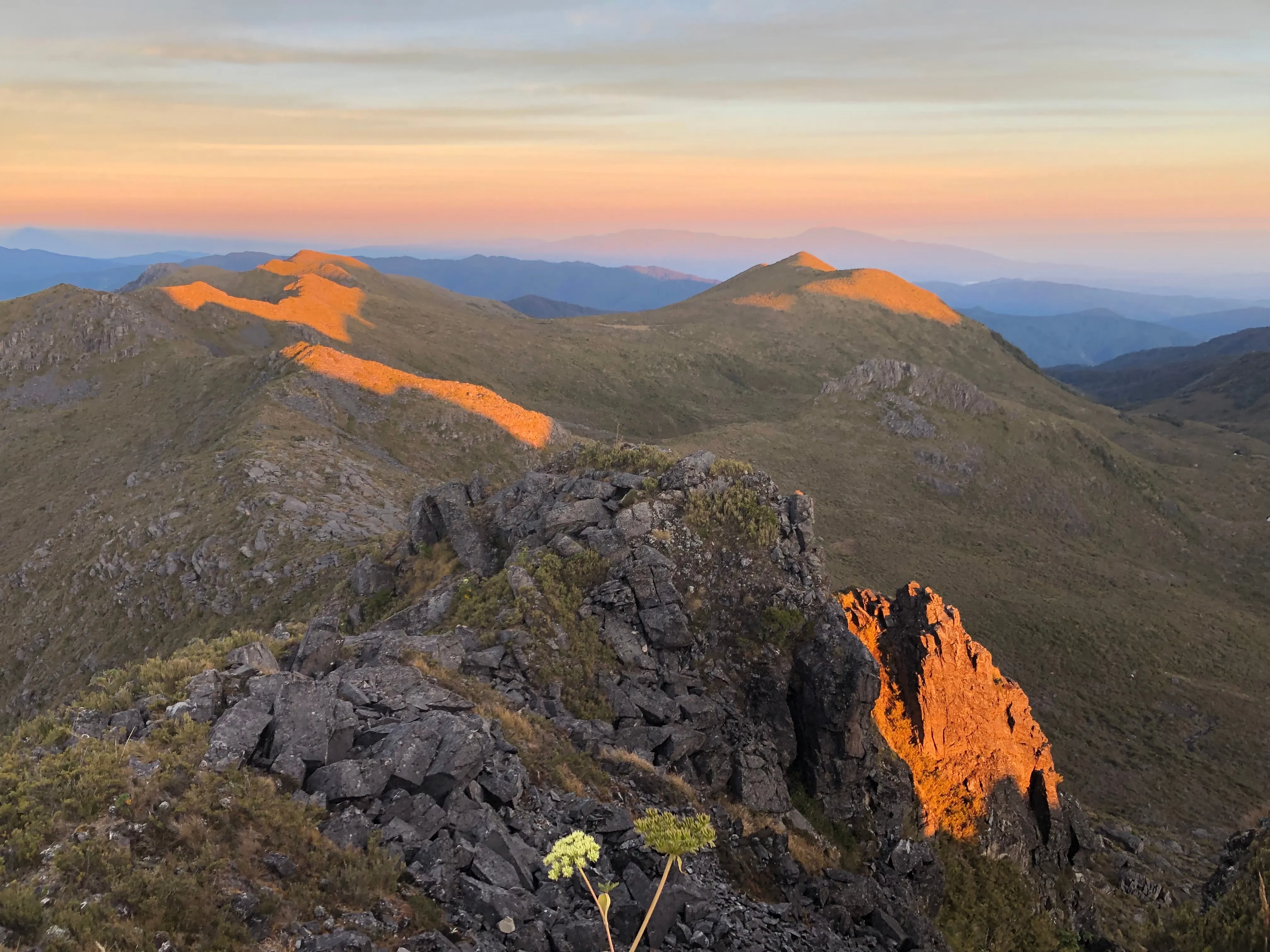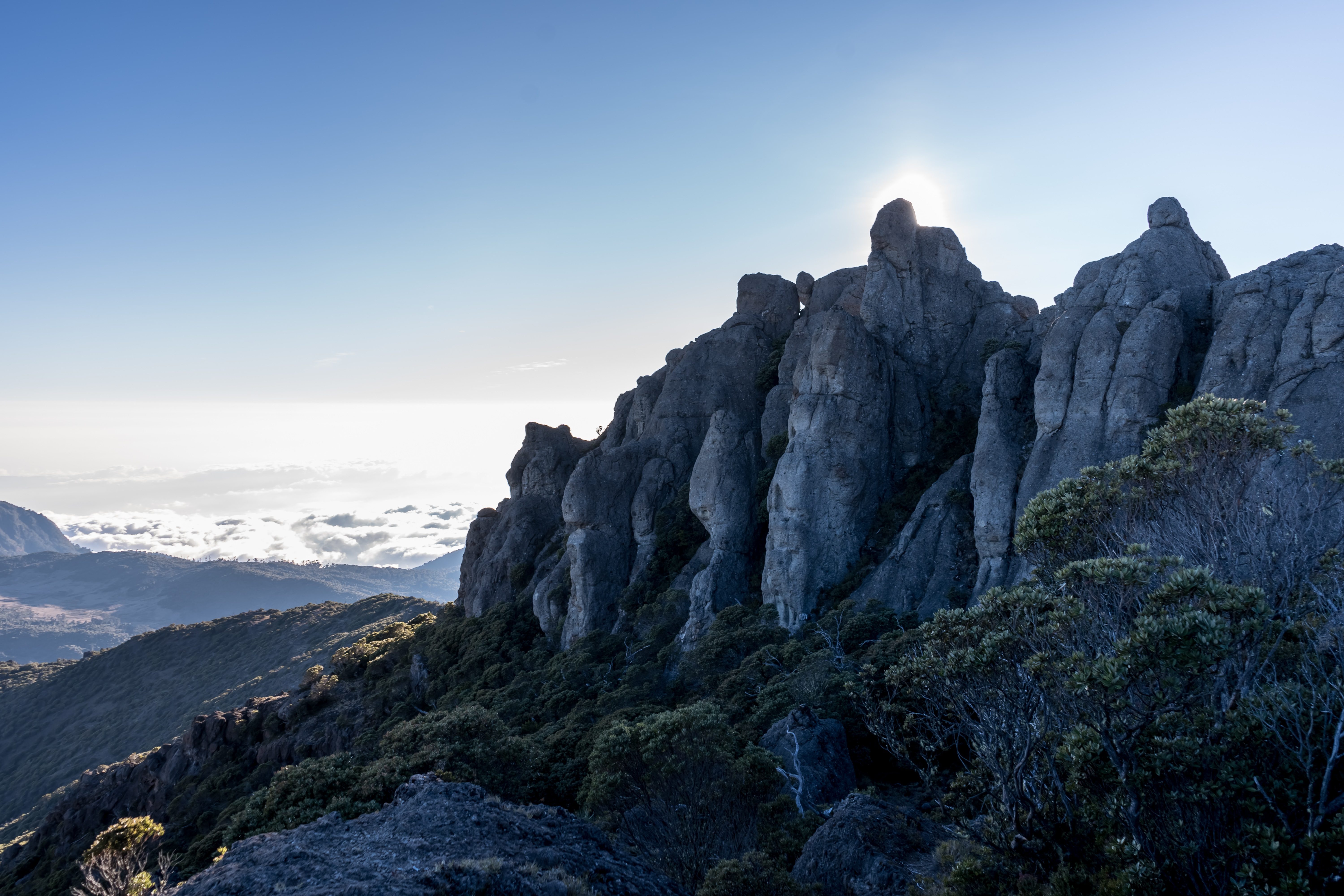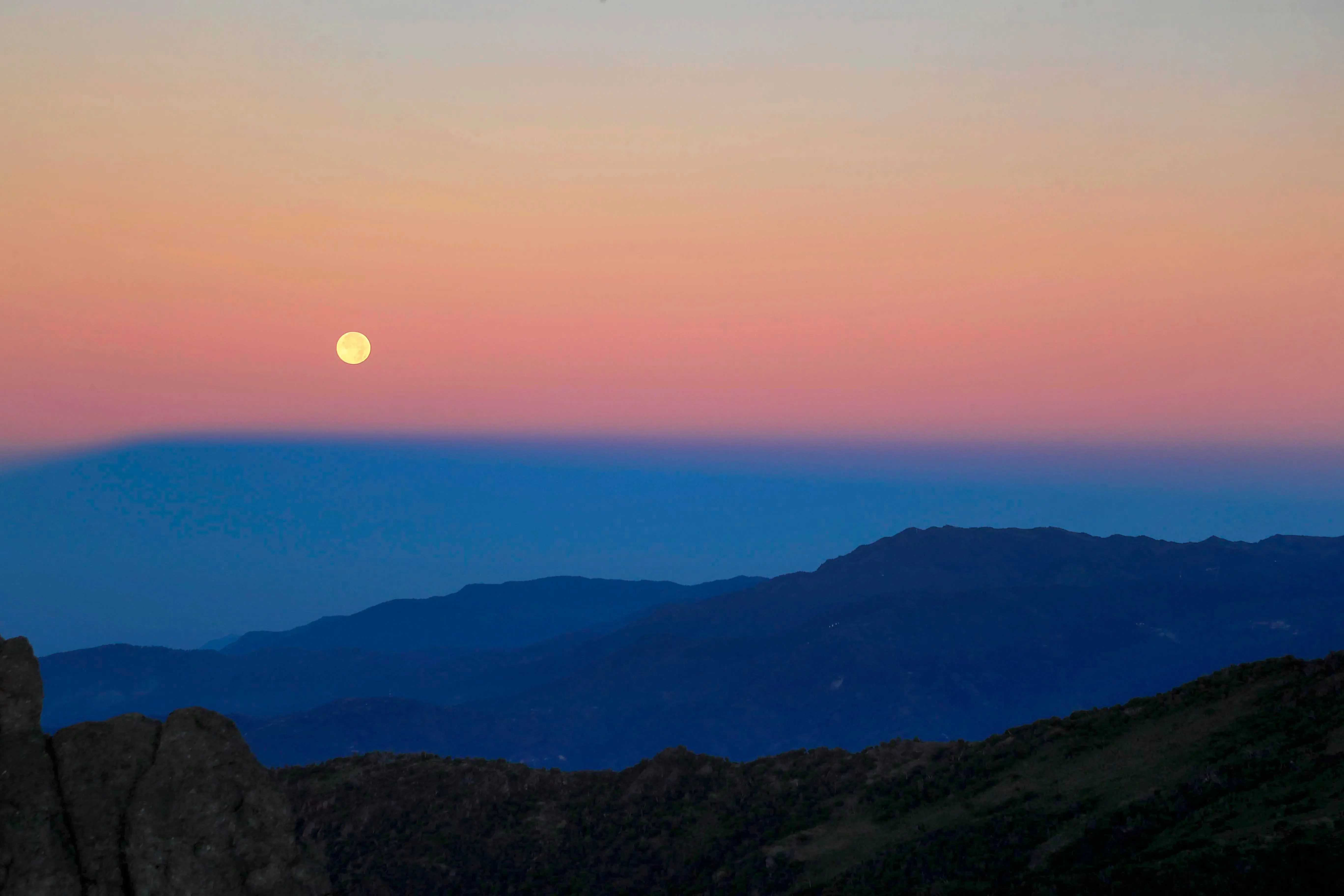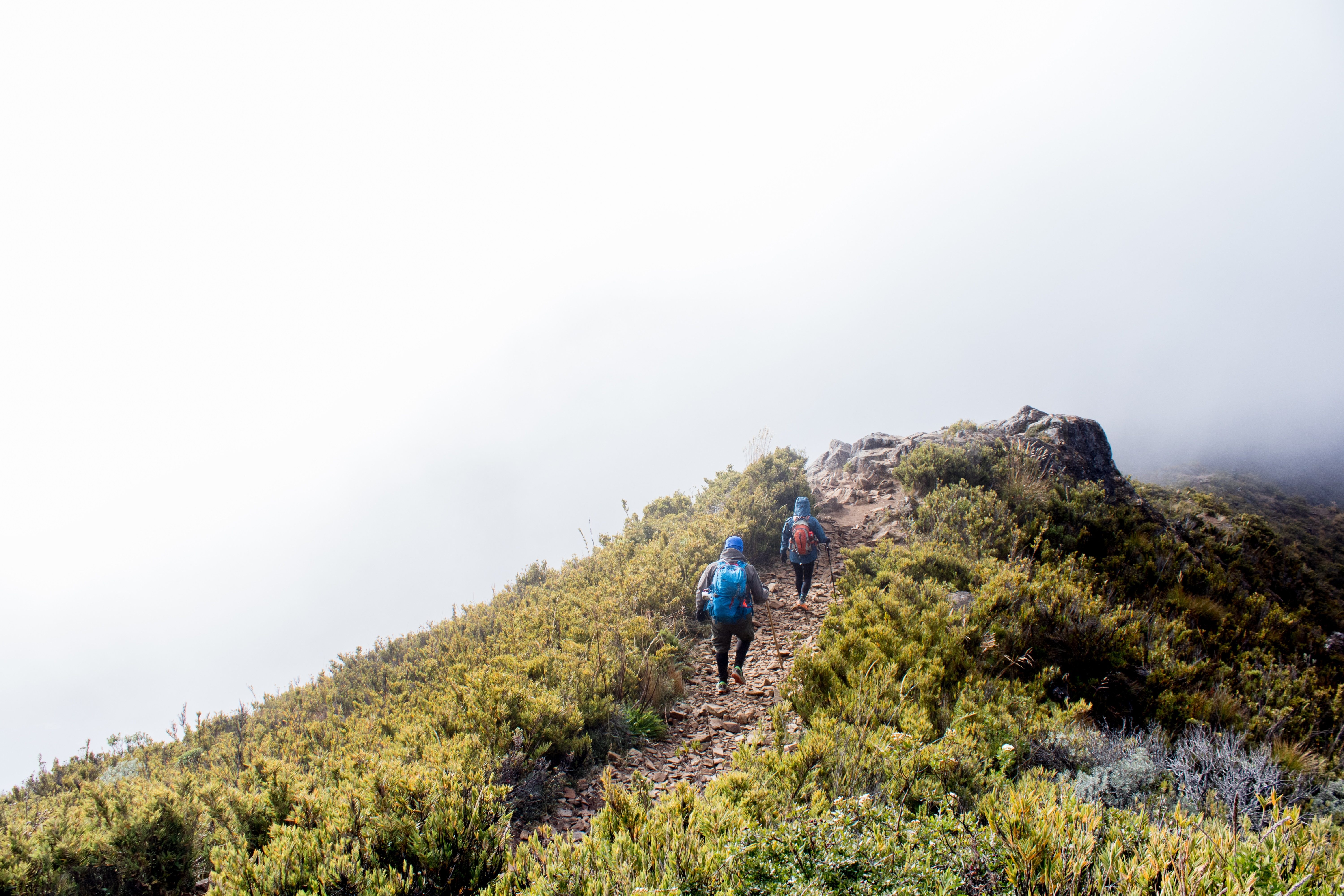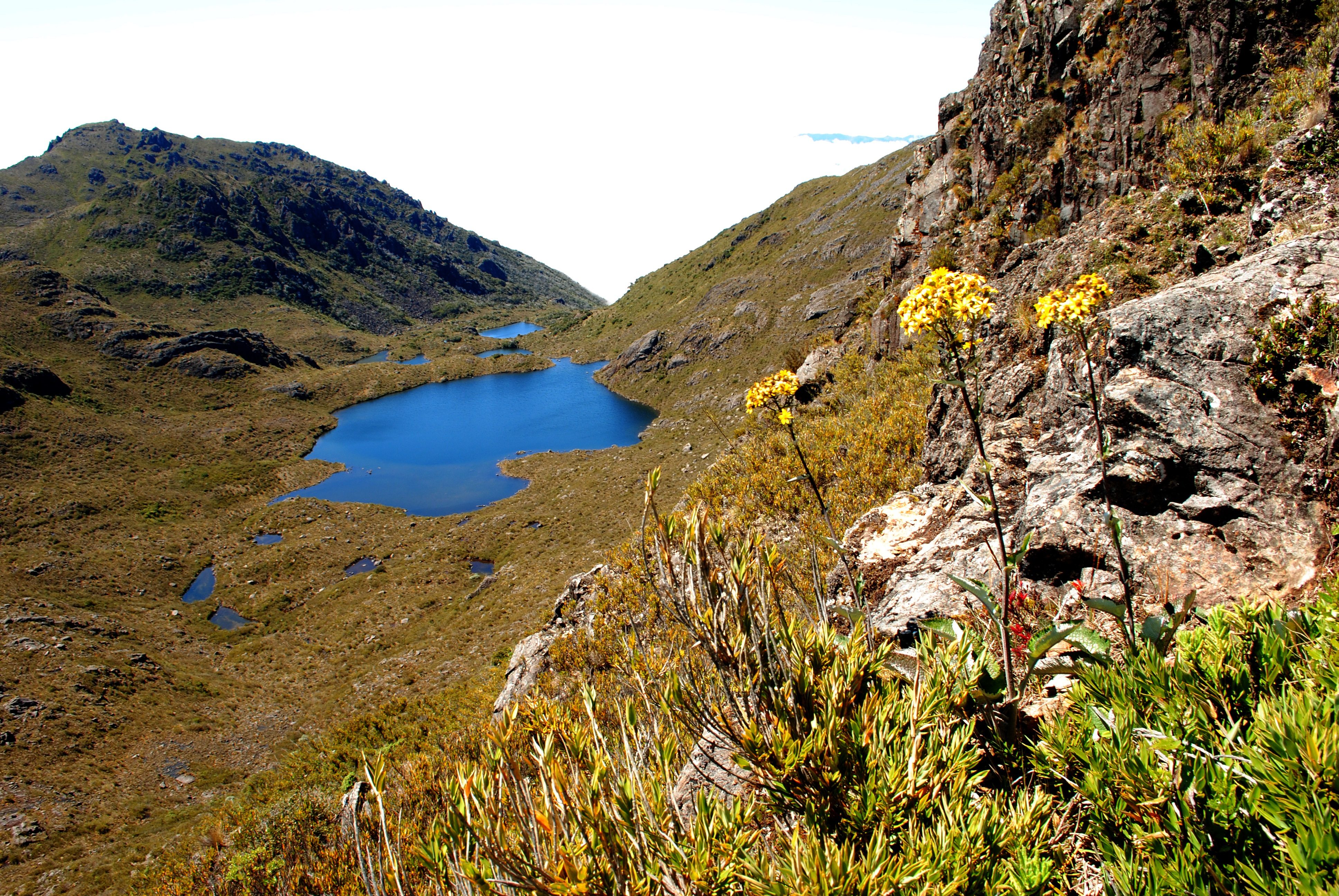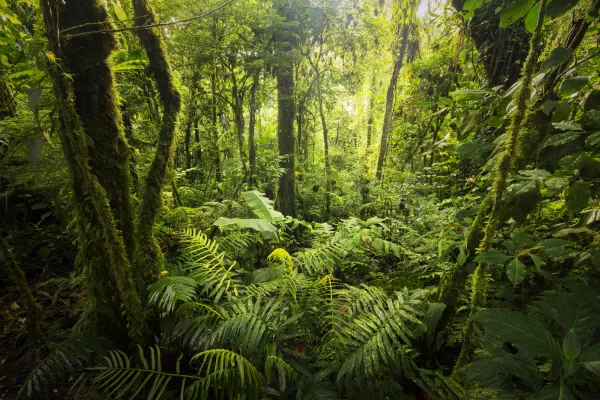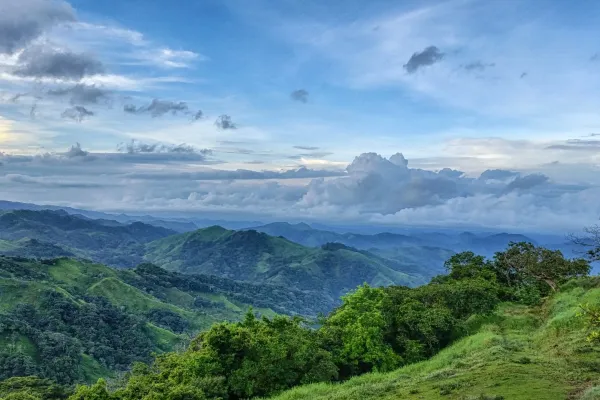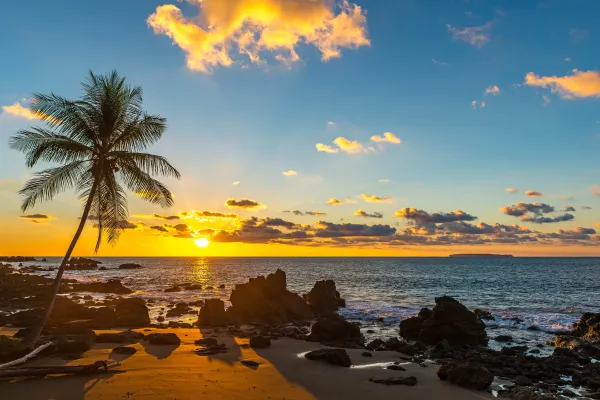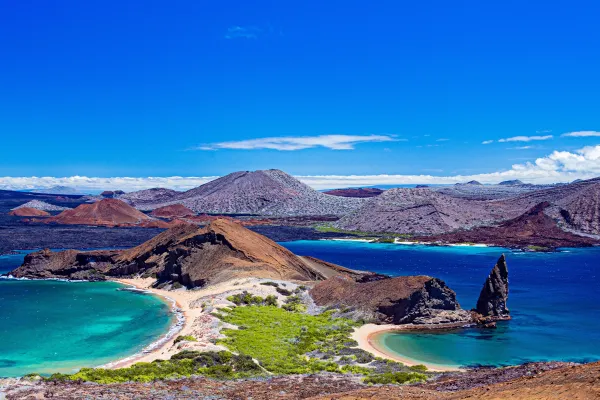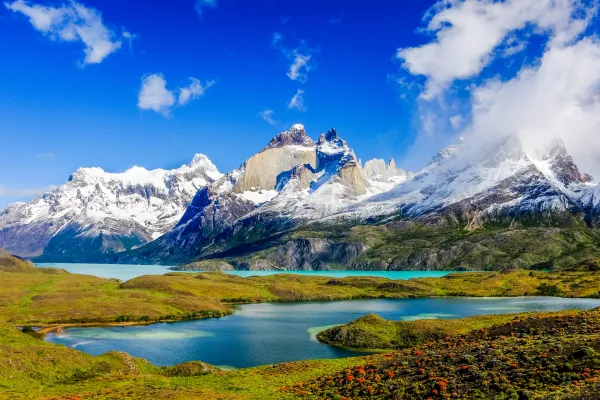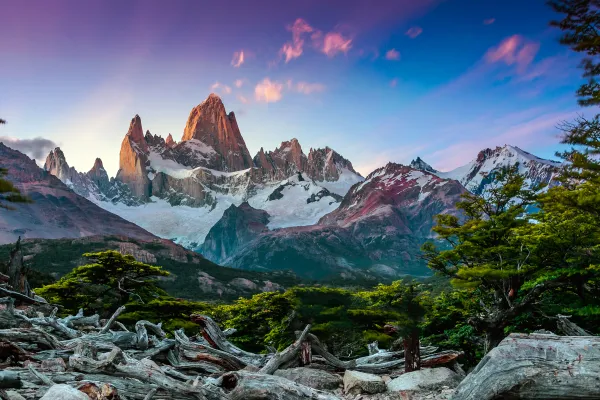Hiking in Chirripo National Park
Chirripó National Park is a Costa Rican hiking mecca best known for Cerro Chirripó Grande, the country’s highest peak. However, this pristine wilderness offers more than a challenge for avid trekkers, including five ecosystems, rare wildlife, and spectacular views.
Chirripo National Park sprawls across roughly 500 square kilometres of southern Costa Rica’s Talamanca Mountains and three provinces - San José, Limón, and Cartago.
The reserve is a biodiversity hotspot and home to one of Costa Rica’s most impressive natural icons - Cerro Chirripo Grande. This monumental peak stands at 3820 metres above sea level and draws hiking enthusiasts worldwide. Cerro Chirripo is not only Costa Rica’s highest peak but also the world’s 38th tallest mountain.
The tiny town of San Gerardo de Rivas is located only one kilometre from the town entrance. It is usually the first port of call for visitors wanting to experience this unspoiled reserve and its renowned mountain. There are no paved trails from the park entrance, so visitors most commonly enter on foot or, alternatively, on horseback.
What to do in Chirripo National Park
#1 Experience diverse flora and fauna
Chirripo National Park supports an awe-inspiring array of plants and animals. Consequently, it is a magnet for nature lovers who come to experience its rare and exotic wildlife and botanical species.
Spider-tailed monkeys can be spied swinging through its forested areas, while endangered Baird’s tapirs snuffle in the undergrowth. While you are far less likely to spot them, even pumas and jaguars roam this pristine protected zone.
Chirripo’s birdlife is no less impressive, with over 400 species identified, including woodpeckers, quetzals, and trogons. Additionally, it is a habitat for more than 260 amphibian and reptile species.
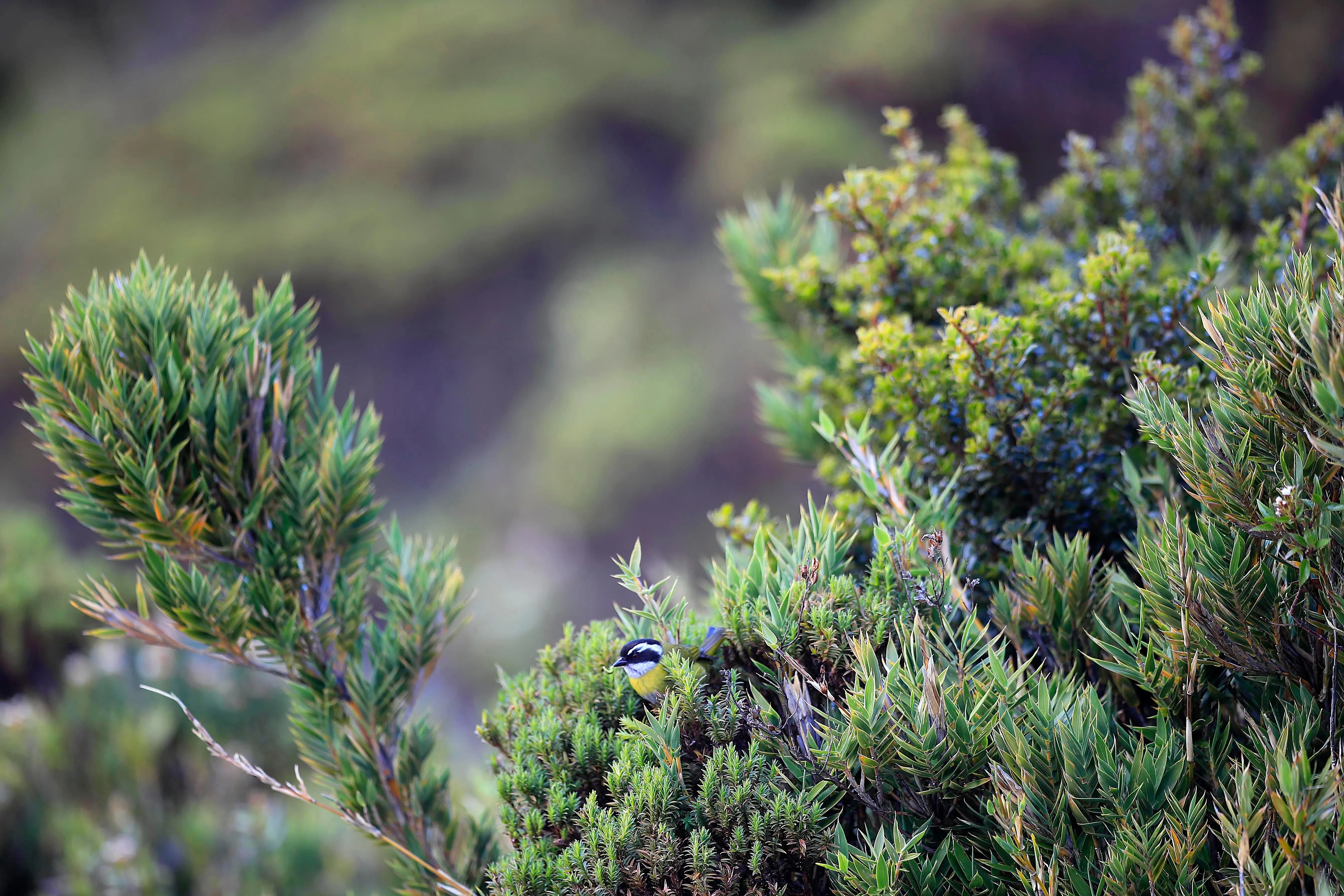
#2 Explore nearby attractions
San Gerardo de Rivas
The serene village of San Gerardo de Rivas lies in a lush valley at an altitude of roughly 1400 metres. It is surrounded by the Talamanca Mountains and offers jaw-dropping views, as well as easy access to Chirripo National Park.
This tiny town receives a steady flow of visitors en route to the reserve and Mount Chirripo. Nevertheless, it has retained an authentic feel, and the locals are friendly and down-to-earth. You can visit the local trout farm and cheese factory, as well as go on a coffee tour.
Most importantly, don’t forget to stock up on essential backpacking food items at the surprisingly well-stocked, albeit small, local market.
Hot springs
Approximately 15 minutes walk north of the Chirripo ranger station, a mineral-rich thermal spring gushes from the earth. It lies on a private property just off the road towards Herradura.
The pool once had a natural sandy bottom; however, that has now been replaced with concrete. However, there is no better way to end a day of hiking than by soaking in these therapeutic waters. The owner charges visitors a small entrance fee.
#3 Hiking Cerro Chirripo Costa Rica
Undoubtedly, Cerro Chirripo is the park’s greatest tourist drawcard. Hikers flock from all corners of the globe to conquer Costa Rica’s highest peak.
However, hiking Cerro Chirripo’s summit is not for the faint-hearted. The route involves a gruelling 18 kilometres to the summit and the same distance back to the trail’s starting point. However, the panoramic views from the top are well worth the effort for those fit, able, and up for the trek. Additionally, you pass through a remarkable array of contrasting ecosystems along the way.
The hike starts at roughly 900 metres above sea level, where lush grasslands mainly characterise the landscape. As the incline begins, these meadows melt into ancient oak forests. These ancient woodlands are home to some of the world’s largest and most impressive oak specimens, still standing tall and proud. As the elevation increases, the landscape becomes more rocky and rugged, while the summit itself resembles a set of stone buttresses.
Looking at it, you could be forgiven for thinking you were somewhere on the Colorado plateau. Once you reach the top of Cerro Chirripo, it is easy to understand why it attracts so many people. You will experience some of the most spectacular vistas in all of Central America.
The Talamanca Mountains roll into valleys, glittering lakes, and coastal flats that melt into the sea. On a clear day, you can see both the Pacific Ocean to the west and the Caribbean to the east from the summit.
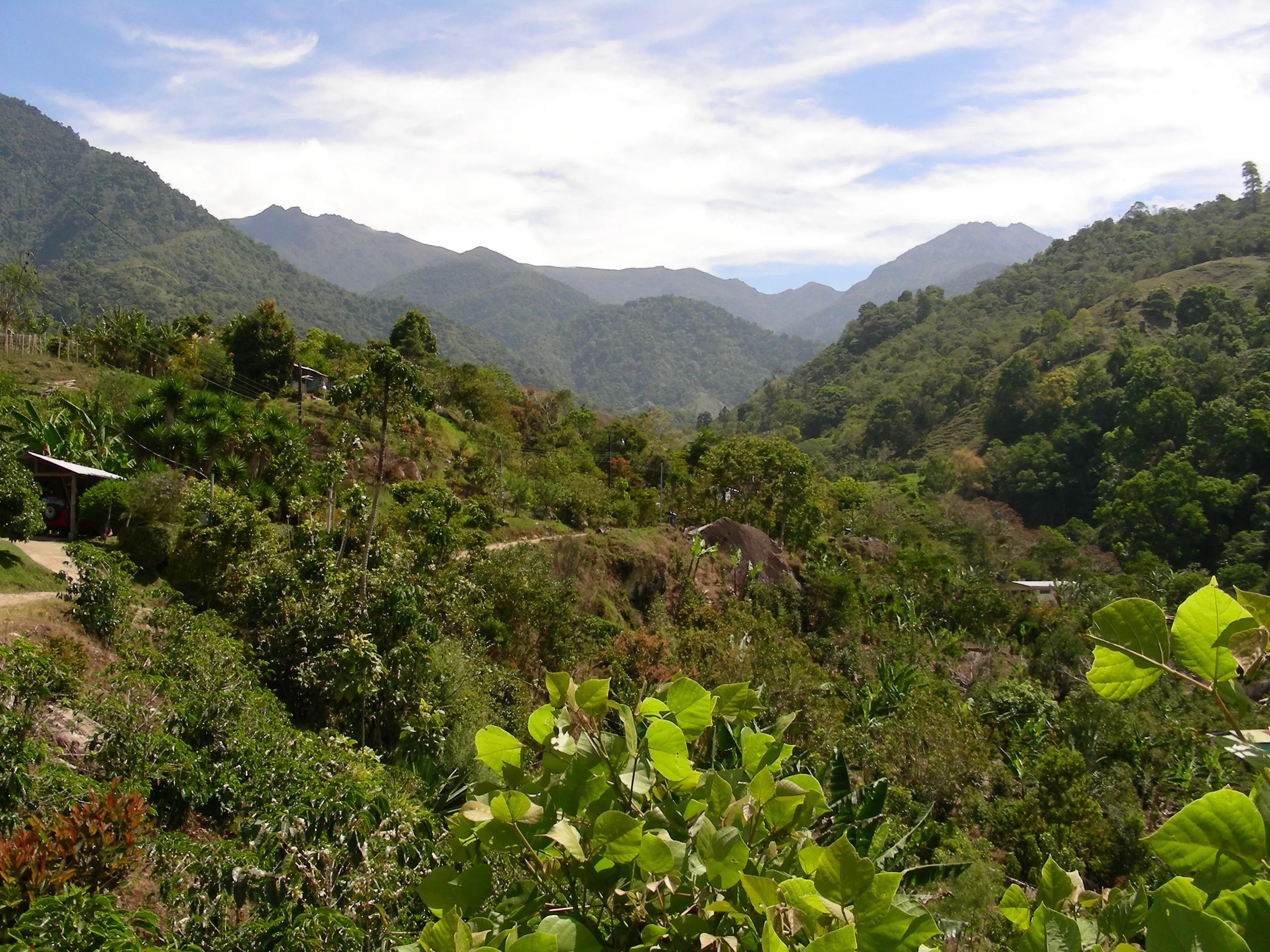
How to get a permit to hike Cerro Chirripo
It is essential to get a permit for hiking Cerro Chirripo - park rangers will not permit visitors to enter the park without one.
Bear in mind that permits are usually booked out months in advance, particularly during holidays and weekends.
Overnight accommodation in Cerro Chirripo
No camping is allowed in Chirripo National Park, but Cerro Chirripo’s base camp offers overnight accommodation for campers. It is situated just 5.5 kilometres from the summit and allows hikers to reach the summit for the spectacular sunrise session.
However, like permits, the base camp is often booked out far in advance so it is best to secure your spots as early as possible.
Top tips for hiking Cerro Chirripo Grande
#1 Sunscreen
Always take sunscreen! At altitudes this high, so close to the equator, hikers have been so severely sunburnt that they have required hospitalisation. Be sure to apply sun protection cream at least half an hour before leaving on your hike.
This will give it time to sink into your skin and take effect. Thereafter, reapply regularly. If possible, opt for an eco-friendly, biodegradable suntan lotion that will not harm the pristine environment around you.
#2 Water
Always take plenty of water with you, as well as water-purifiers. You can use these along the way if you are thirsty and unsure whether available water sources are safe.
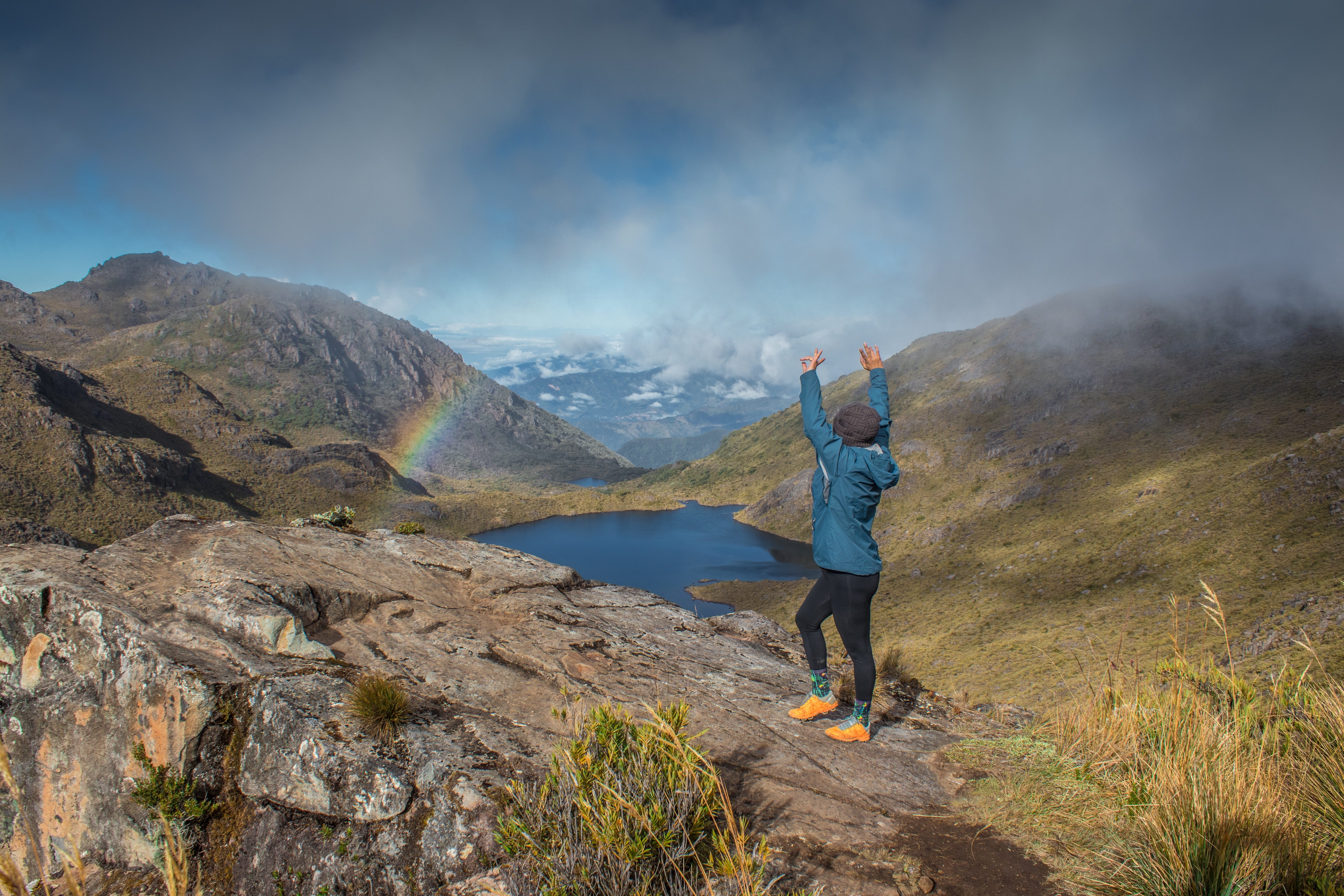
#3 Warm clothing
Warm clothing - both top and bottom! - is essential. During the day, temperatures on Mount Chirripo’s summit generally range between 4 and 18 degrees Celcius. In winter, they can plummet below freezing in the cold season.
The weather is much more forgiving at other times of the year. However, as every seasoned hiker knows, one should never underestimate nature. The reserve is one of Costa Rica’s chilliest areas, so be sure to go prepared with enough protective gear.
#4 Altitude sickness
Watch out for altitude sickness. Many hikers ascending Cerro Chirripo suffer from adverse symptoms caused by the rapid change in height and, consequently, air pressure.
Consult a health provider about altitude sickness symptoms and how to prevent them before embarking on your trip. Telltale signs can include but are not limited to shortness of breath, headaches, nausea, and dizzy spells.
How to get to Chirripo National Park
You can access Chirripo National Park via the Pan-American Highway from the city of San Jose. Follow this major artery over Cerro de Muerta (Mountain of the Dead). While it is easy to assume that this steep, winding pass gets its name from cars that have taken a fatally accidental plunge over the side, this is not the case. Instead, it refers to the many human lives lost when little more than a rough trail existed over the pass.
A decent road has now replaced the original rudimentary route. Nevertheless, it is still a snaking, challenging drive that travellers should avoid driving at night for safety’s sake. After descending Cerro de Muerta, head to the town of San Isidro del General. This city is the closest metropolitan hub to Chirripo National Park and the best place to stock up on essential supplies.
Alternatively, go straight to the village of San Gerardo de Rivas at the base of the park. From here, follow signs to the ranger station from when you can enter the park.
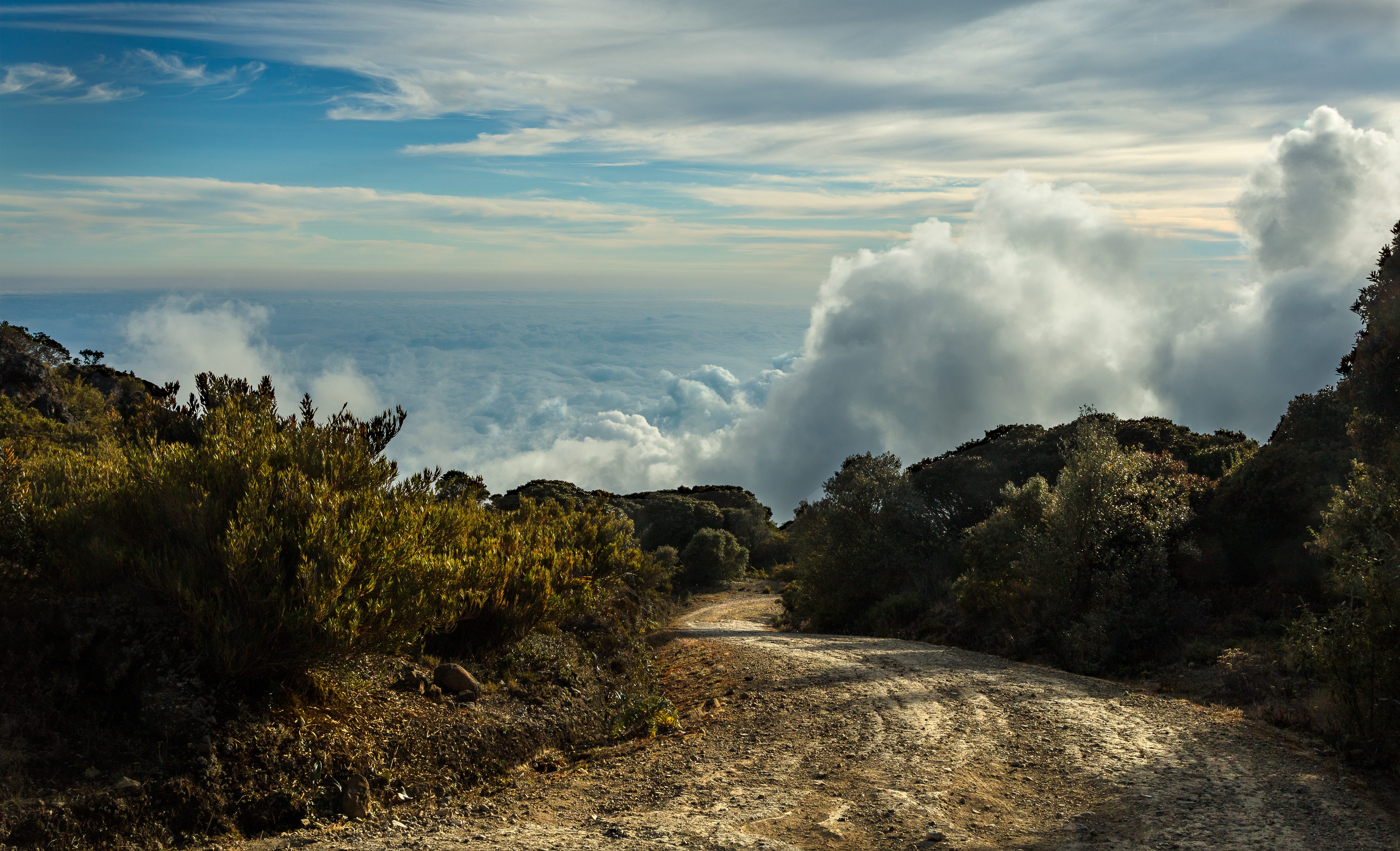
Best time to visit Chirripo National Park
The best time to visit is from January to April, when the chance of rain is at its lowest. February and March typically provide optimal weather conditions.
However, the park and, particularly, Cerro Chirripo are among Costa Rica’s coldest and wettest destinations, so be prepared for rain and bad weather any time of the year. In the cold season, nighttime temperatures here can reach below 0 degrees Celcius!
Source references:
Costa Rica Guide
James Kaiser.com
Pacific Trade Winds
National Health Service
Sign up for the newsletter
By clicking on “Subscribe now” I will subscribe to the Conscious Explorer newsletter with all the information about mindful travel. Information on the success measurement included in the consent, the use of the shipping service provider MailChimp, logging of the registration and your rights of revocation can be found in our privacy policy.


